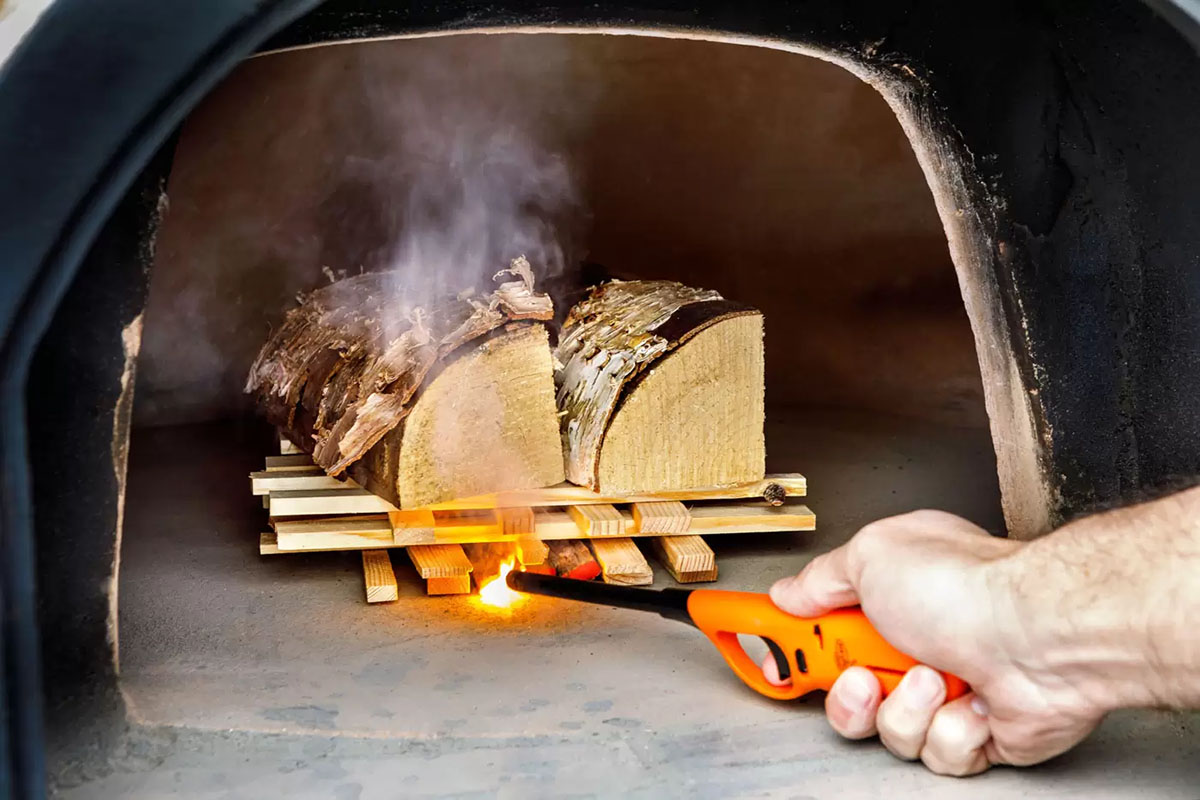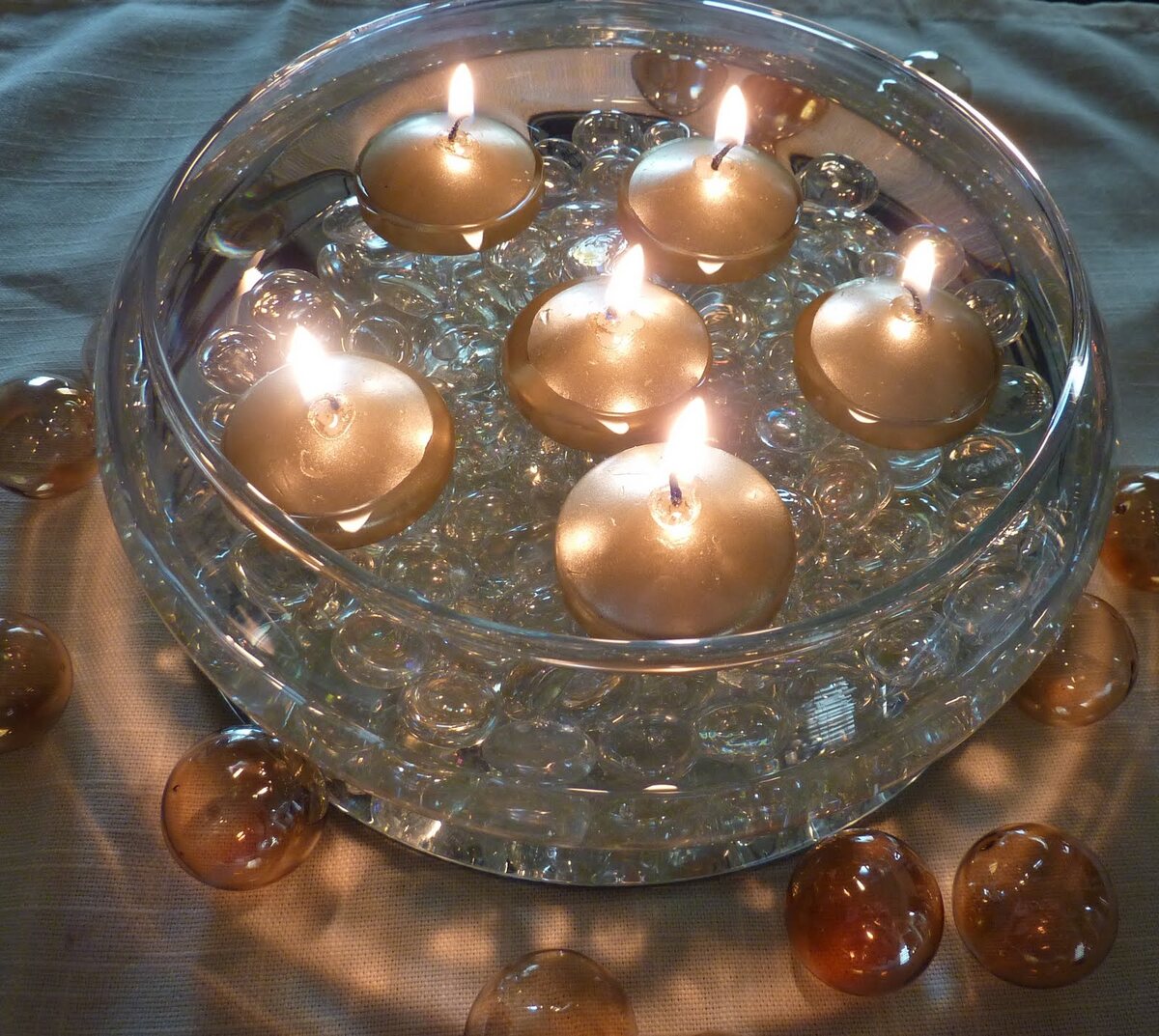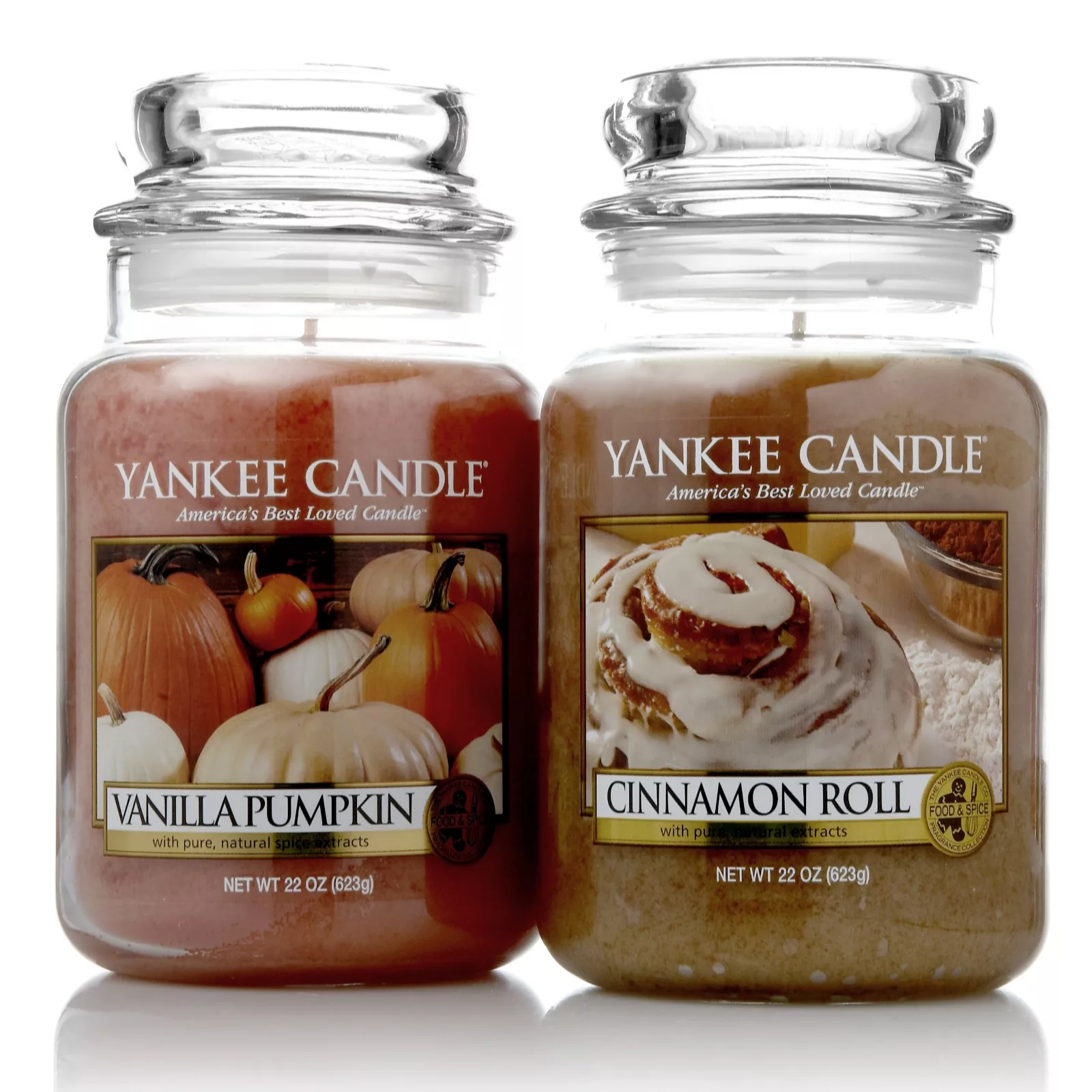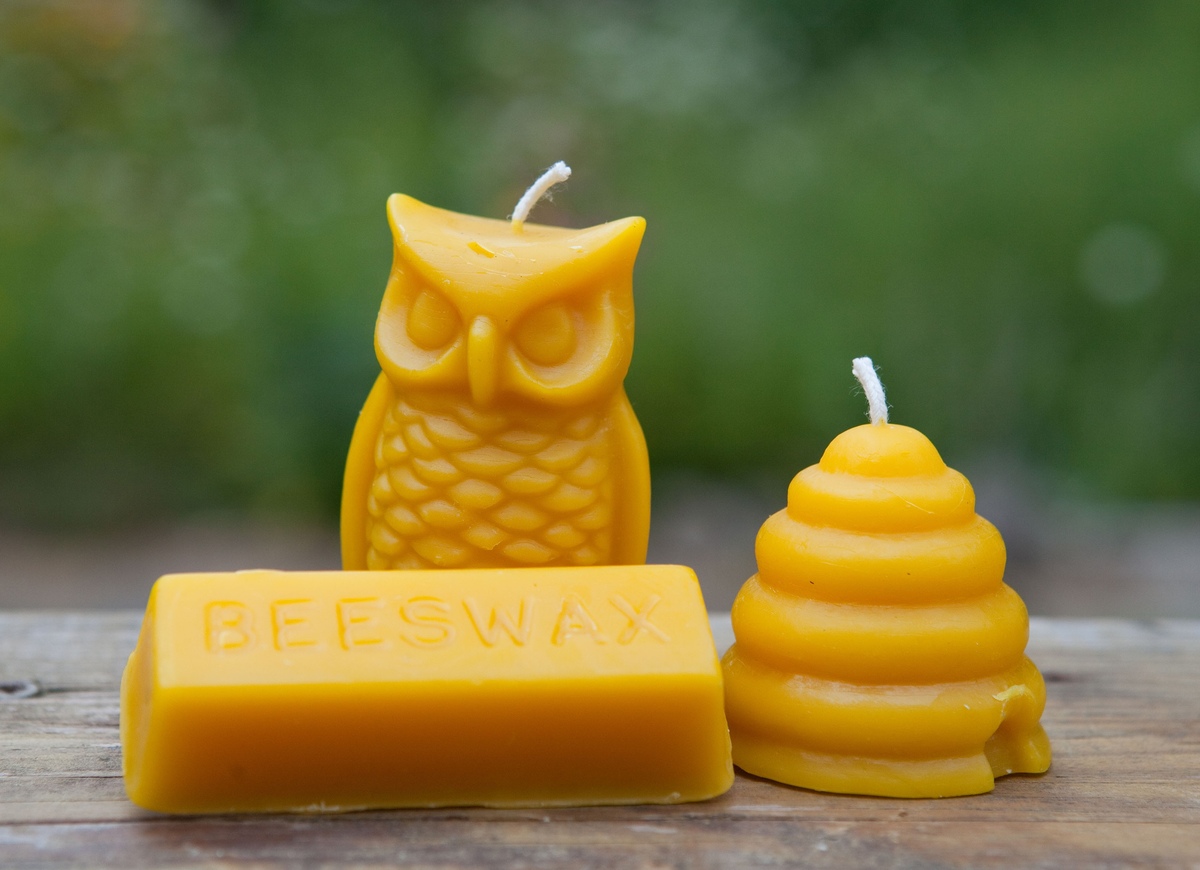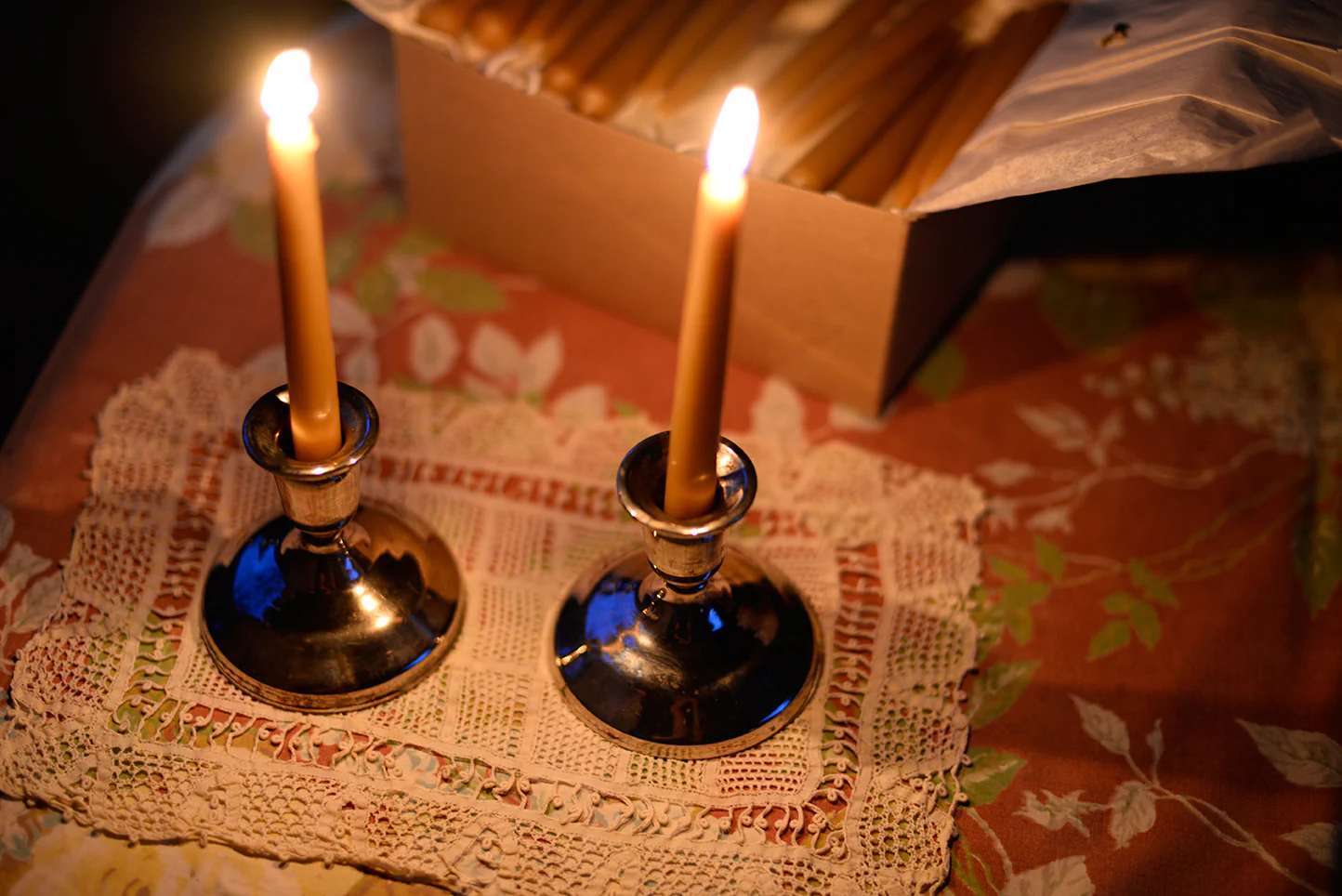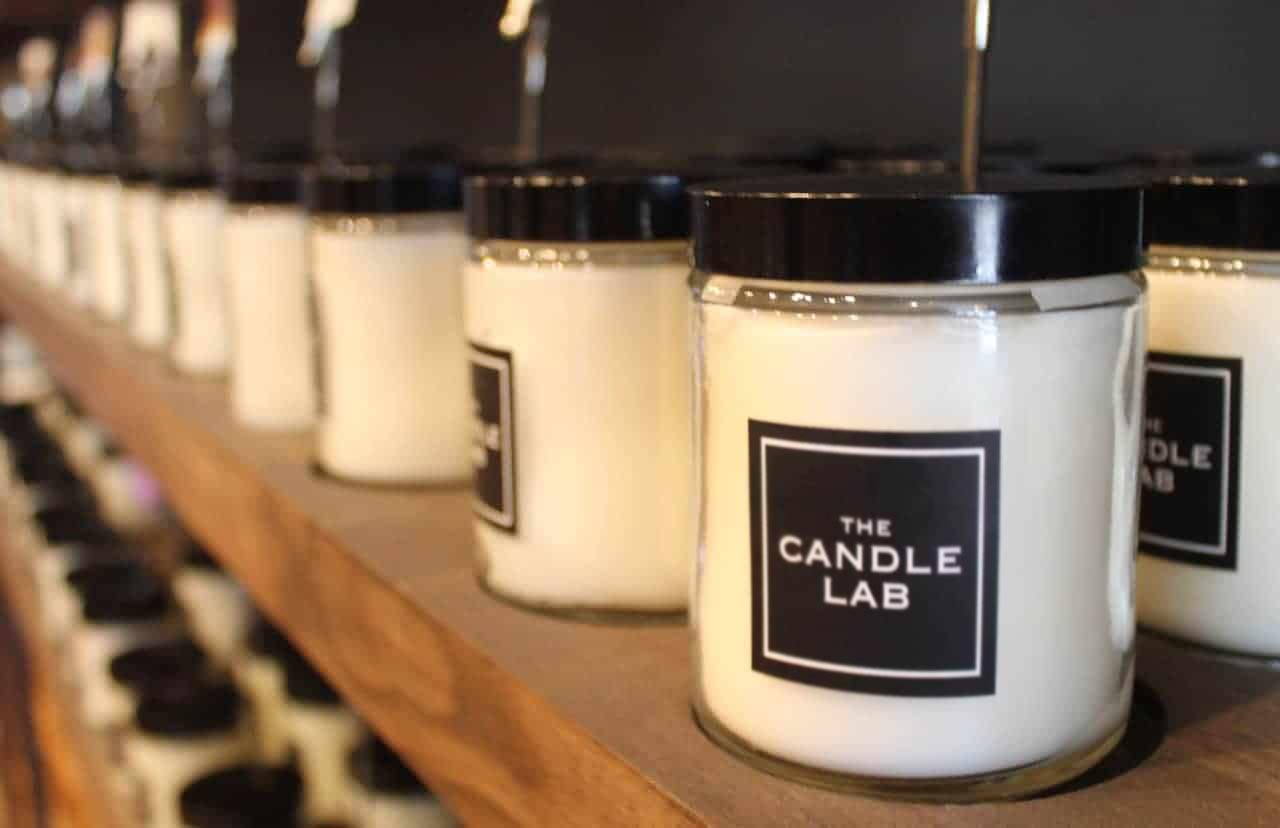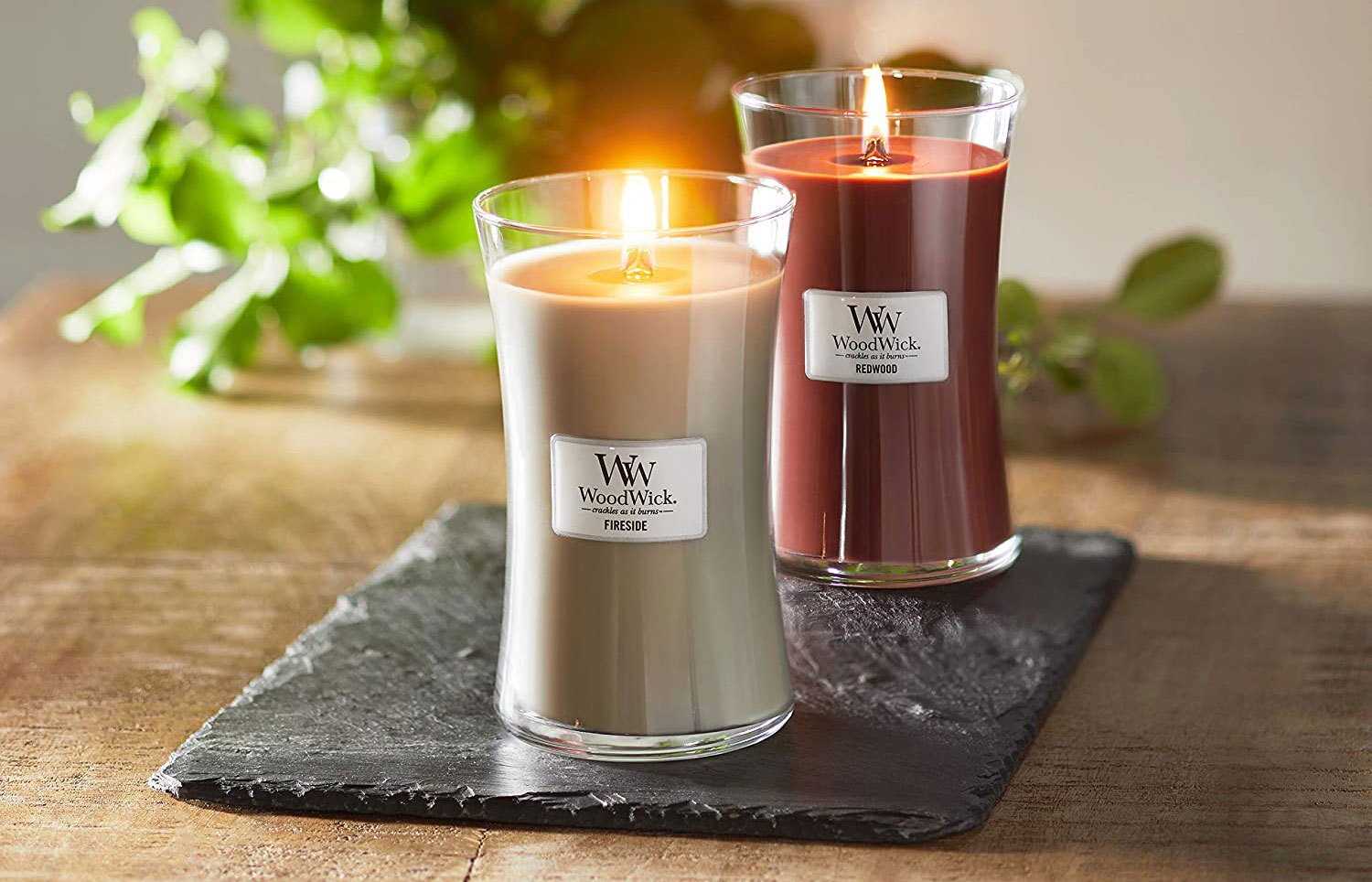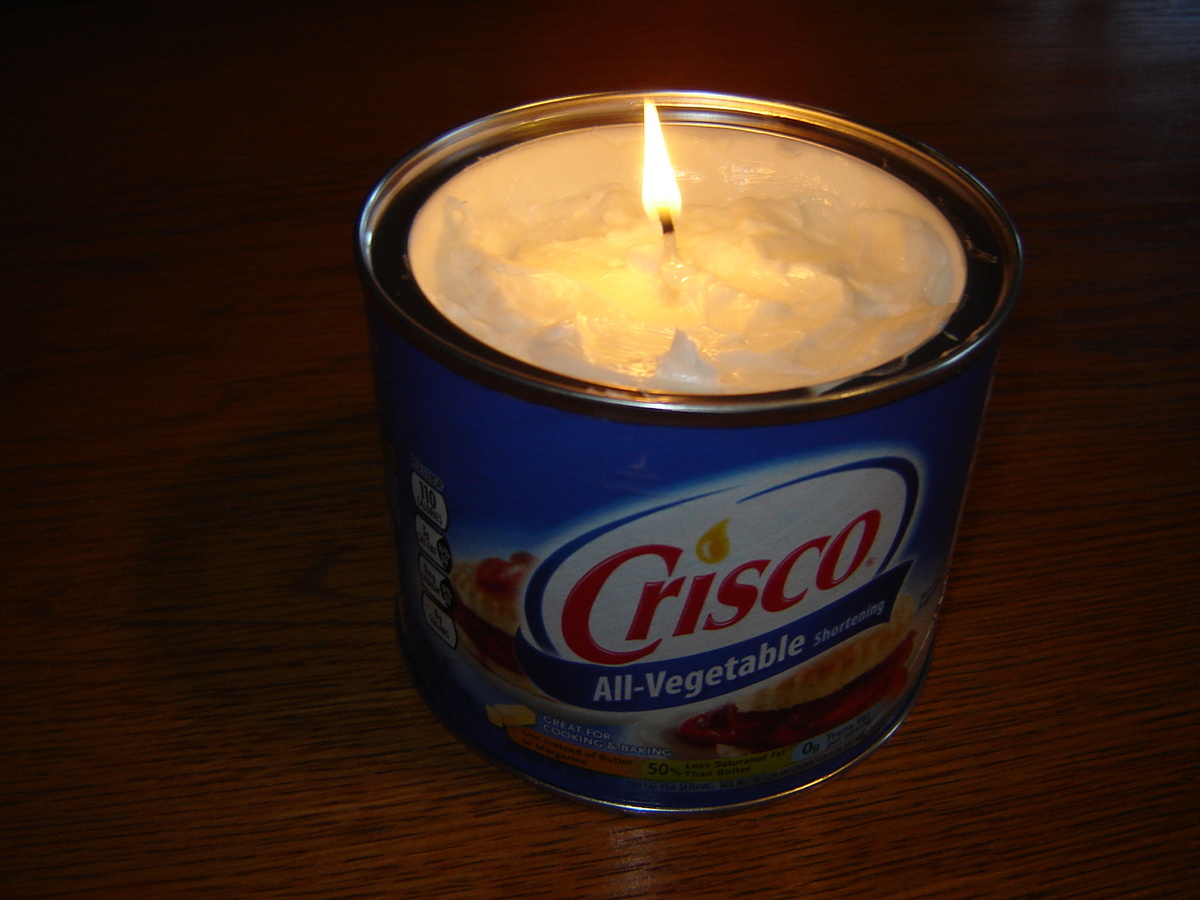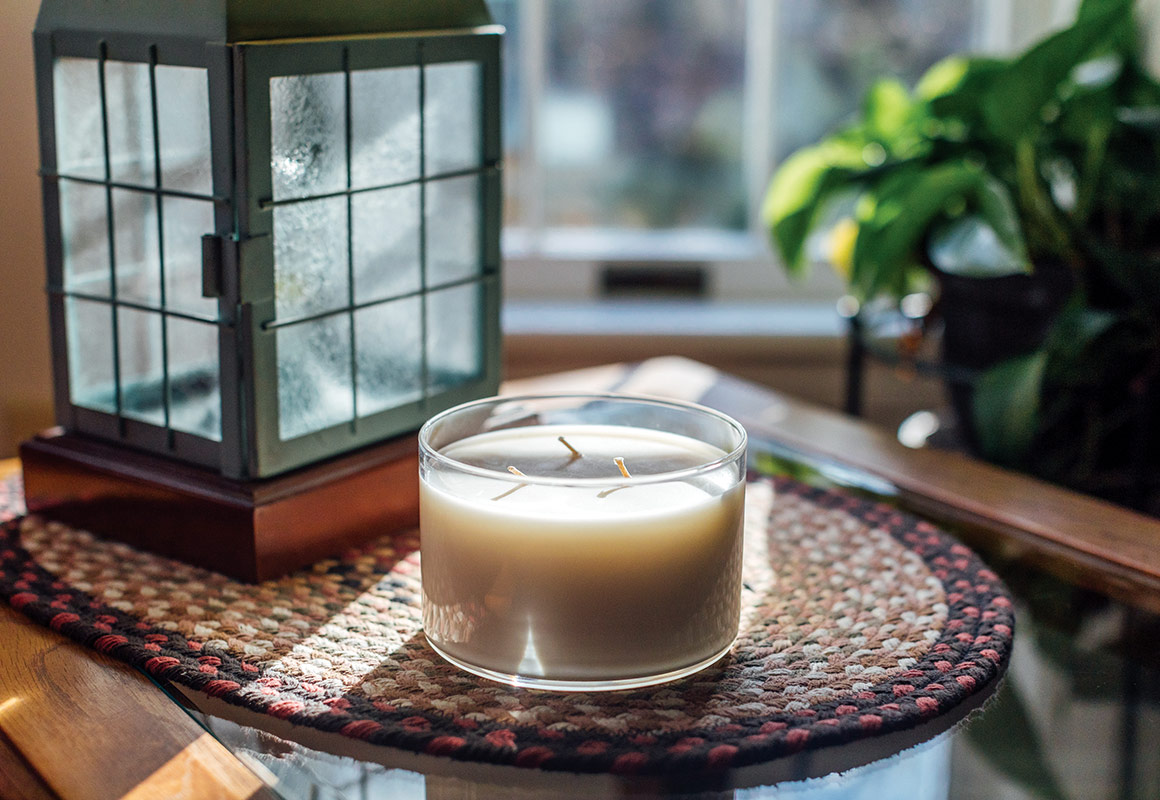

Articles
How Long For Candles To Cure
Modified: August 17, 2024
Discover the ideal curing time for candles in our informative articles. Find out how long it takes for candles to fully cure and achieve optimal burn performance.
(Many of the links in this article redirect to a specific reviewed product. Your purchase of these products through affiliate links helps to generate commission for Storables.com, at no extra cost. Learn more)
Introduction
Candles have been used for centuries for various purposes, from providing light to creating a calm and soothing ambiance. However, what many people may not be aware of is the importance of candle curing. Curing is a crucial step in the candle-making process that allows the wax to fully harden and release any trapped air or moisture.
During the curing process, the candle develops its desired characteristics, such as improved scent throw, longer burn time, and better color stability. This essential step ensures that your candles perform optimally and deliver a satisfying experience to the users.
In this article, we will explore the concept of candle curing in detail and discuss the factors that can affect the curing time. We will also delve into the different types of candles and their respective curing durations. Additionally, we will provide some useful tips to accelerate the candle curing process.
So, whether you are a candle enthusiast or someone interested in the art of candle making, let’s dive into the world of candle curing and discover how long it takes for candles to cure.
Key Takeaways:
- Curing candles is a crucial step in the candle-making process, allowing wax to fully harden and develop optimal characteristics. Factors like wax type, size, and curing method influence the duration, so proper planning and patience are essential for high-quality candles.
- Natural waxes like soy, beeswax, and palm wax offer eco-friendly options with unique curing durations. Understanding the properties of each wax type and following recommended curing times ensures candles with enhanced performance, longer burn times, and captivating fragrances.
Read more: How Long For Asphalt Driveway To Cure
What is Candle Curing?
Candle curing is the process by which candles are left to sit and harden after they are poured. It is an essential step in the candle-making process that allows the wax to fully set and solidify. During this period, the candle goes through chemical changes that enhance its performance and aesthetics.
When a candle is initially poured, the wax is in a liquid state. As it cools, it starts to solidify and form a solid wax structure. However, this initial solidification is not enough to achieve optimal candle performance. The curing process enables the candle to further harden, releasing any trapped air or moisture and allowing the fragrance to fully develop.
During the curing period, the candle undergoes a process called “re-crystallization.” This process occurs within the wax as it cools and solidifies. The wax molecules align and form a more stable crystal structure, resulting in a harder and more consistent candle. The re-crystallization process helps eliminate any potential air pockets, reducing the likelihood of tunnelling and providing a longer and cleaner burn.
In addition to improving the candle’s structural integrity, curing also enhances the scent throw. Scented candles contain fragrance oils that need time to blend with the wax and become thoroughly infused. The curing process allows the fragrance oils to distribute evenly throughout the candle, maximizing the scent throw when the candle is burned.
Furthermore, candle curing helps enhance the color stability of the candle. Some dyes and pigments used in candle-making may initially appear vibrant when the candle is poured. However, as the candle cures, the colors may deepen or change slightly. This transformation allows the true color of the candle to develop, resulting in a more visually appealing finished product.
It is important to note that the duration of the curing process may vary depending on several factors, such as the type of wax used, the size of the candle, and the specific fragrance or additives incorporated. Understanding these factors can provide insights into how long it takes for candles to cure and ensure the best possible outcome for your handmade creations.
Factors Affecting the Curing Time
Several factors can influence the duration of the candle curing process. It is important to consider these factors as they play a crucial role in determining how long it takes for candles to fully cure. Here are some key factors to keep in mind:
- Wax Type: The type of wax used in candle-making has a significant impact on the curing time. Different waxes, such as soy, beeswax, paraffin, and palm wax, have varying molecular structures and cooling properties, affecting their solidification and curing durations. For example, soy wax typically has a shorter curing time compared to paraffin wax.
- Candle Size and Shape: The size and shape of the candle can influence the curing time. Larger candles have a higher volume of wax, which takes longer to cool and harden. Additionally, candles with intricate shapes or designs may require more time for the wax to solidify fully.
- Fragrance Load: The presence of fragrance oils in scented candles can affect the curing time. Fragrance oils are typically added to the melted wax before pouring, and they require time to blend thoroughly with the wax. Candles with a high fragrance load may need a longer curing period to allow the scent to fully develop.
- Additives and Dyes: The use of additives, such as stearin or vybar, and the inclusion of dyes or pigments can impact the curing time. Additives and dyes alter the wax composition, which may affect the cooling and solidification process. It is essential to follow appropriate guidelines when incorporating additives and dyes to ensure optimal results.
- Temperature and Humidity: The ambient temperature and humidity levels in the curing environment can influence the overall curing time. Warmer temperatures and lower humidity levels generally promote faster curing, while colder temperatures and higher humidity may prolong the curing process.
- Curing Method: The method used to cure candles can also affect the duration. Some candle makers prefer air curing, where candles are placed in a well-ventilated area to harden naturally over time. Others may use a heat curing method, where candles are subject to a controlled heating process to accelerate the solidification. The chosen curing method can impact how long it takes for the candles to fully cure.
It is important to consider these factors when determining the appropriate curing time for your candles. Monitoring and adjusting these variables can help achieve optimal results and ensure that your candles are fully cured before they are ready to be enjoyed.
Types of Candles and Their Curing Durations
When it comes to candle-making, there are various types of candles, each with its own unique characteristics and recommended curing durations. Understanding the specific requirements of different candle types can help ensure that you achieve the best results. Let’s explore some common types of candles and their respective curing durations:
- Natural Wax Candles: Natural waxes, such as soy wax, beeswax, and palm wax, are popular choices among candle makers. Soy wax candles typically have a curing time of around 24 to 48 hours. Beeswax candles, on the other hand, may require a longer curing period due to their denser nature and can take anywhere from several days to a week to fully cure. Palm wax candles generally have a quicker curing time, ranging from 12 to 24 hours.
- Soy Wax Candles: Soy wax is a renewable and eco-friendly option that has gained popularity in recent years. These candles usually have a curing period of 24 to 48 hours. However, it is often recommended to allow soy wax candles to cure for at least 48 hours to ensure optimal performance and fragrance throw.
- Beeswax Candles: Beeswax is a natural wax produced by honeybees and is known for its sweet aroma and long burn time. Due to its dense and solid nature, beeswax candles require a longer curing period. It is recommended to let beeswax candles cure for several days up to a week to allow for proper hardening and scent development.
- Paraffin Wax Candles: Paraffin wax is a widely used and affordable option for candle making. These candles typically have a faster curing time compared to natural waxes. Paraffin wax candles can often be cured within 12 to 24 hours, depending on the candle size and other factors.
It is important to note that these curing durations are general guidelines and may vary depending on factors such as additives, fragrance load, and candle size. Always refer to the specific instructions provided by the wax manufacturer or follow a trusted recipe for the best results.
Remember, allowing sufficient curing time ensures that your candles are fully hardened, have a desirable appearance, and provide optimal performance when they are lit.
Natural Wax Candles
Natural waxes have gained significant popularity in the candle-making industry due to their eco-friendly nature and unique properties. They are a preferred choice for those seeking a more sustainable and environmentally conscious option. Natural waxes, such as soy wax, beeswax, and palm wax, offer distinct advantages and often have different curing durations. Let’s explore each of these natural waxes in more detail:
- Soy Wax Candles: Soy wax is derived from soybean oil, making it a renewable and biodegradable option. Soy wax candles have several benefits, including a clean burn, long-lasting performance, and excellent fragrance throw. The curing time for soy wax candles typically ranges from 24 to 48 hours. It is recommended to allow sufficient time for the candles to cure and fully harden before lighting them to achieve optimal performance.
- Beeswax Candles: Beeswax is a natural wax produced by honeybees. It is known for its beautiful golden color, subtle honey-like aroma, and long burn time. Beeswax candles have a denser and harder texture compared to other waxes, which requires a longer curing time. It is advisable to allow beeswax candles to cure for several days up to a week to ensure they are fully hardened and ready for burning. This extended curing period helps in achieving a longer and cleaner burn with a lovely fragrance release.
- Palm Wax Candles: Palm wax is derived from the oil of palm trees, making it a sustainable and renewable resource. This wax type has a unique crystal structure that creates beautiful patterns and textures in the finished candle. Palm wax candles often have a faster curing time compared to other natural waxes, usually ranging from 12 to 24 hours. It is essential to monitor the curing process and ensure that the candles are completely solidified before they are used to ensure optimal burning performance.
When working with natural wax candles, it is important to note that the recommended curing durations can vary depending on factors such as candle size, additives, and environmental conditions. Always refer to the specific instructions provided by the wax manufacturer and conduct some testing to determine the optimal curing time for your specific candle-making process.
Incorporating natural waxes in your candle-making allows you to create eco-friendly and sustainable products that not only provide a visually appealing and fragrant experience but also contribute to preserving our environment.
Candles typically need to cure for at least 24-48 hours before burning to allow the wax and fragrance to fully set and develop. This will help ensure a cleaner and longer burn.
Read more: How Long Does Stucco Take To Cure
Soy Wax Candles
Soy wax candles have gained immense popularity in recent years as people seek more sustainable and eco-friendly alternatives to traditional paraffin candles. Derived from soybean oil, soy wax provides numerous benefits for both candle makers and consumers. Let’s explore the characteristics and advantages of soy wax candles:
Cleaner Burn: One of the key advantages of soy wax candles is their clean-burning nature. Soy wax has a lower melting point compared to paraffin wax, resulting in a cooler and cleaner burn. This means that soy wax candles produce less soot, reducing the amount of black residue on walls, ceilings, and other surfaces.
Longer Burn Time: Soy wax candles typically have a longer burn time compared to traditional paraffin candles. This is because soy wax has a lower density, allowing it to burn more slowly and evenly. Soy wax candles can burn up to 50% longer than paraffin candles of the same size, providing extended enjoyment for candle lovers.
Excellent Fragrance Throw: Soy wax has the ability to hold and release fragrance oils effectively, resulting in a pleasant and strong scent throw. Whether you prefer subtle, delicate scents or bold and powerful aromas, soy wax candles can deliver a delightful fragrance experience. The curing process plays a crucial role in allowing the fragrance oils to fully blend with the wax, enhancing the scent throw and ensuring a consistent aroma throughout the candle’s life.
Renewable and Sustainable: Soy wax is made from soybean oil, which is a renewable resource. Unlike paraffin wax, which is derived from petroleum, soy wax is produced from a natural plant source. Choosing soy wax candles supports sustainable agriculture practices and reduces reliance on non-renewable resources.
Easier Clean-Up: Accidental spills or drips of soy wax are easier to clean compared to paraffin wax. Soy wax is water-soluble, which means you can clean it up with warm, soapy water. This makes soy wax candles a convenient and hassle-free option for those who want to enjoy candles without the worry of difficult clean-up.
When it comes to curing soy wax candles, it is recommended to allow a curing period of at least 24 to 48 hours. This duration ensures that the wax is fully hardened and the fragrance oils have thoroughly blended, resulting in optimal performance and scent throw.
Whether you are a candle enthusiast or a conscious consumer, soy wax candles offer a sustainable and enjoyable candle experience. From their clean burn and long-lasting performance to their delightful fragrance throw, soy wax candles have become a beloved choice for those seeking eco-friendly and high-quality candles.
Beeswax Candles
Beeswax candles are a timeless favorite among candle enthusiasts for their natural beauty, distinct fragrance, and long burn time. Crafted from the wax produced by honeybees, beeswax candles offer a unique and luxurious candle experience. Let’s explore the characteristics and advantages of beeswax candles:
Beautiful Golden Color: Beeswax candles have a warm and inviting golden hue that adds a touch of natural elegance to any space. The natural color of beeswax can vary slightly depending on the hive’s location and the specific type of flowers from which the bees collect nectar. This variation in color adds to the charm and uniqueness of each beeswax candle.
Natural Fragrance: Beeswax has a subtle and pleasant fragrance that is often described as sweet and reminiscent of honey. When beeswax candles are burned, they release this natural aroma, creating a soothing and calming atmosphere. The fragrance adds an extra element of relaxation and comfort to your candlelit moments.
Long Burn Time: Due to its dense and solid nature, beeswax candles have a longer burn time compared to other candle types. Beeswax has a high melting point, which means it burns at a slower rate, allowing your candle to last significantly longer. This longevity makes beeswax candles a cost-effective and environmentally friendly choice.
Clean and Natural Burn: Beeswax is a natural and renewable resource, making it an eco-friendly option for candle enthusiasts. When burned, beeswax candles produce little to no soot or smoke, resulting in a cleaner and healthier atmosphere. They are an ideal choice for individuals with respiratory sensitivities or those seeking a more environmentally conscious candle option.
Air Purifying Properties: Beeswax candles have natural air-purifying properties. When burned, beeswax releases negative ions into the air, which can help neutralize pollutants and allergens. This can contribute to improved air quality and create a more refreshing and soothing environment, particularly for individuals with allergies or sensitivities.
When it comes to curing beeswax candles, they generally require a longer curing period compared to other wax types. It is recommended to let beeswax candles cure for several days up to a week to ensure they are fully hardened and ready for burning. This extended curing time allows the beeswax to set completely and provides optimal performance in terms of burn time and fragrance release.
Whether you are looking to create a cozy and inviting atmosphere or want to enjoy the natural benefits of beeswax, beeswax candles are a wonderful choice. Their exquisite appearance, soothing fragrance, and extended burn time make beeswax candles a treasured addition to any home or space.
Paraffin Wax Candles
Paraffin wax candles have long been a popular choice among candle enthusiasts due to their affordability, versatility, and wide availability. Made from petroleum byproducts, paraffin wax offers several advantages that make it a preferred option for candle making. Let’s explore the characteristics and benefits of paraffin wax candles:
Affordability: Paraffin wax is a cost-effective option for candle makers and consumers. Its availability and abundance contribute to its lower price point compared to other wax types. This affordability makes paraffin wax candles a budget-friendly choice for individuals who enjoy candles and want to create a cozy atmosphere without breaking the bank.
Wide Range of Options: Paraffin wax can be easily manipulated and blended with various additives, fragrances, and dyes, allowing for a wide range of creative possibilities. Whether you prefer unscented candles for a simple and elegant aesthetic or highly scented candles to fill your space with delightful aromas, paraffin wax can accommodate different preferences and styles.
Strong Scent Throw: Paraffin wax has excellent fragrance-holding capabilities, making it ideal for scented candles. When combined with high-quality fragrance oils, paraffin wax candles can offer a powerful and long-lasting scent throw. They can fill a room with delightful aromas, creating a welcoming and pleasing environment.
Easy-to-Use and Work With: Paraffin wax has favorable properties that make it relatively easy to work with when it comes to candle making. It has a low melting point, which allows for faster melting and pouring. Paraffin wax is also known for its excellent mold-release qualities, making it easier to remove candles from molds without causing damage or deformation.
Fast Curing Time: One of the advantages of paraffin wax candles is their relatively fast curing time. Paraffin wax solidifies and sets relatively quickly, typically within 12 to 24 hours. This shorter curing period means that paraffin wax candles can be ready for use sooner compared to some other wax types.
When working with paraffin wax candles, it is important to note that proper safety precautions should be taken due to their petroleum-based nature. Ensure adequate ventilation when melting and pouring paraffin wax, and follow recommended guidelines to prevent fire hazards.
Paraffin wax candles continue to be a popular choice for individuals looking for affordable, versatile, and readily available candles. Their wide range of options, strong scent throw, and faster curing time make paraffin wax candles a convenient and accessible option for enhancing the ambiance and fragrance of any space.
Tips for Curing Candles Faster
The curing process is an important step in candle making, as it allows the wax to fully harden and develop its desired characteristics. While the curing time can vary depending on several factors, there are some tips and techniques you can follow to help speed up the process. Here are some tips for curing candles faster:
- Optimize Temperature and Humidity: Maintaining an optimal temperature and humidity level in the curing environment can help accelerate the solidification of the wax. Higher temperatures and lower humidity levels generally promote faster curing. Ensure that the curing space is well-ventilated to facilitate airflow, which aids in the evaporation of excess moisture.
- Use a Controlled Heating Method: You can try using a controlled heat source to speed up the curing process. Place the cured candles in a warm (but not too hot) oven or on a heated surface, such as a heating pad or radiator. Ensure that the temperature remains within a safe range to avoid any damage to the candles or risk of fire.
- Choose the Right Wick Size: Using a wick that is too large for the candle can result in slower curing. The excess heat generated by the oversized wick can interfere with the proper solidification of the wax. Make sure to choose an appropriate wick size that matches the diameter and size of your candles.
- Keep Candles Cool and Isolated: After pouring the candles, allow them to cool at room temperature. Avoid placing them in direct sunlight or near any heat sources, as elevated temperatures can prolong the curing time. Keeping the candles cool and isolated during the initial cooling stage can help promote faster and more efficient curing.
- Use Additives to Accelerate Curing: Certain additives, such as stearin or vybar, can assist in speeding up the curing process. These additives help decrease the overall curing time by altering the wax’s properties and promoting faster solidification. Follow the recommended guidelines for the specific additive you are using.
- Divide Curing into Stages: If you are working on a large batch of candles, consider dividing the curing process into stages. This means allowing a portion of the candles to cure initially while pouring and preparing the remaining batch. By staggering the curing process, you can save time and maintain a more efficient production workflow.
- Plan Ahead: Proper planning and organization are essential for faster curing. Take into account the estimated curing time when scheduling your candle-making process. Give yourself ample time to ensure that the candles are fully cured before packaging or using them. This will prevent any potential issues and ensure that your candles are of the highest quality.
It is important to note that while these tips can help speed up the curing process, it is crucial not to rush the process too much. Candles still require sufficient time to fully harden and develop their desired properties. Always follow the specific instructions provided by the wax manufacturer and conduct some testing to ensure the best results.
By implementing these tips and techniques, you can accelerate the curing time for your candles and enjoy their beautiful appearance, optimal performance, and alluring fragrance in a shorter span of time.
Read more: How To Cure Painted Glass
Conclusion
Candle curing is a vital step in the candle-making process that should not be overlooked. It allows the wax to fully harden, release any trapped air or moisture, and develop the desired characteristics of the candle. By understanding the factors that affect the curing time, the different types of candles, and implementing tips to accelerate the process, you can ensure that your candles are of the highest quality and offer an exceptional candle experience.
Whether you choose natural waxes like soy wax, beeswax, or palm wax, or opt for the versatility and affordability of paraffin wax, each type of wax has its own unique properties and recommended curing durations. By following the recommended curing time for your specific wax type, you can achieve optimal performance, longer burn times, and enhanced fragrance throw.
Throughout the curing process, it is important to maintain optimal temperature and humidity levels for faster solidification. You can also consider using controlled heating methods or additives to accelerate the curing time. However, it is crucial to strike a balance and not rush the process too much, as candles still require sufficient time to fully cure and develop their desired qualities.
Planning ahead and allowing sufficient time is key to successfully curing your candles. By giving yourself ample time and organizing your candle-making process, you can ensure that your candles are fully cured, meet your expectations, and enhance the ambiance and fragrance of any space.
Remember, candle curing is more than just a technical step in the candle-making process. It is an art that transforms wax into beautiful, functional, and aromatic creations. So, take your time, enjoy the process, and let your creativity and craftsmanship shine through as you make candles that bring joy and relaxation to those who experience their warm and radiant glow.
Frequently Asked Questions about How Long For Candles To Cure
Was this page helpful?
At Storables.com, we guarantee accurate and reliable information. Our content, validated by Expert Board Contributors, is crafted following stringent Editorial Policies. We're committed to providing you with well-researched, expert-backed insights for all your informational needs.
